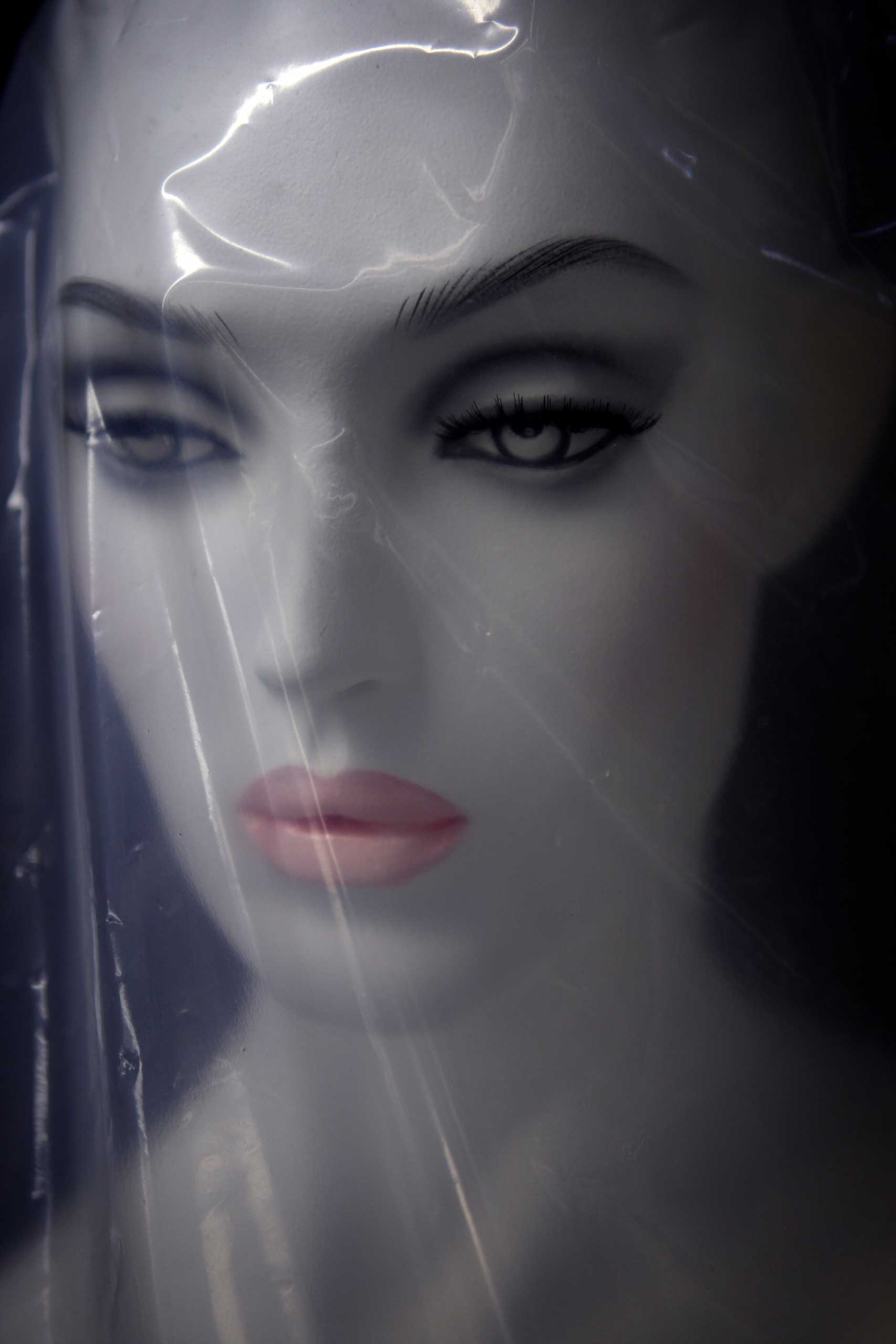
Although the cameras are often pointed at world-class models flaunting cutting-edge fashion trends on the runway, it is the mannequins in pedestrian display windows—from Manhattan’s luxurious Fifth Avenue displays to Beijing’s small shop windows—with whom most consumers identify.
The mannequin: slim, chic, avant-garde. Ever fixed in position, the placid figures entice predisposed passerbys to fork up the remainder of last week’s paycheck to redefine themselves with the season’s latest line. They are the objects of observation, the tools of commerce, the symbols of an ever shifting metropolitan modernity. But though lifeless, they are not immortal.
“After shooting and editing the photos, I saw a little bit of life in them,” Oded Balilty, a Pulitzer Prize-winning Israeli photographer, tells TIME. “They are not just a piece of fiberglass.”
Bality’s photographs take us behind the display window to the life of a mannequin: from birth in a factory to life behind the display window to their discarding and prosaic decay.
He first visited the Lucky Human Mannequin Factory in Shenzhen, China and Goldsmith in New York. In these large warehouses, arms hang from the ceiling beside dozens of plastic heads, fibreglass torsoes and cases of papier-mâché hands. Hundreds of dismembered mannequins are stacked in lines, waiting to be sanded, buffed, painted and polished by factory employees in safety masks. “I felt as if they were whispering to each other when I turned my back,” Balilty says.
Each one sells for about US$55. A plastic bag covers each before they are shipped to department stores, boutiques or showrooms across the world. Some are primped and preened with outfits planned by fashionistas behind deadline-driven drawing tables, while others wait under the finicky eye of gray-haired shopkeepers. Balilty’s photographs show how each has a spot in the limelight of passing shoppers: four mannequins line the street in Beijing, donning fancy fur coats; one is paraded in a cart in Tel Aviv, Israel, showing off a costume for Purim, an upcoming Jewish holiday; another gazes out the window of a clothing store in the New York Fashion district.
But fashion trends turn over rapidly and in time, so must its silent sellers. Most are heaped into a nearby junkyard or out the back door of a department store, where the paint on their once polished faces fades under the cracks and dirt of weather exposure.
More disconcerting than their demise was their impact on shoppers during their heyday, Balilty says. He found that stores ask the manufacturers for the same mannequin proportions: slim, tall, leggy and busty. “Like humans, they all start the same way but unlike real life, they are shaped the same, according to what society believes are the ideal proportions of the human body,” he says. “It’s wrong. Women are strong consumers and the fashion industry has brainwashed their minds, upholding one ideal of beauty, which is not even average—not even close.”
Oded Balilty is an Associated Press photographer based in Tel Aviv. He photographs current events and documentary features for AP in Israel and the Palestinian Territories.
Rachel Lowry is a writer and contributor for TIME LightBox. Follow her on Twitter and Instagram @rachelllowry.
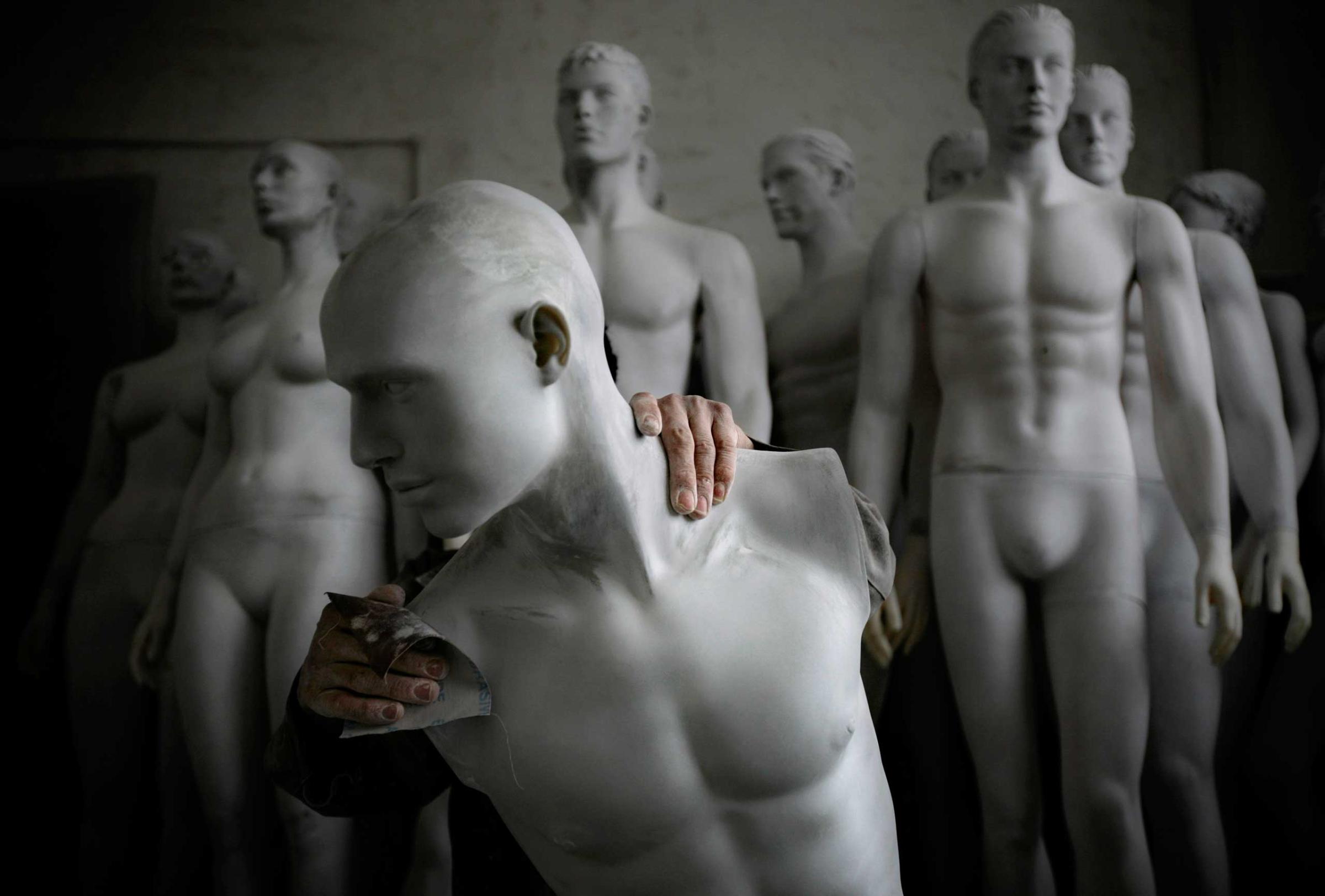
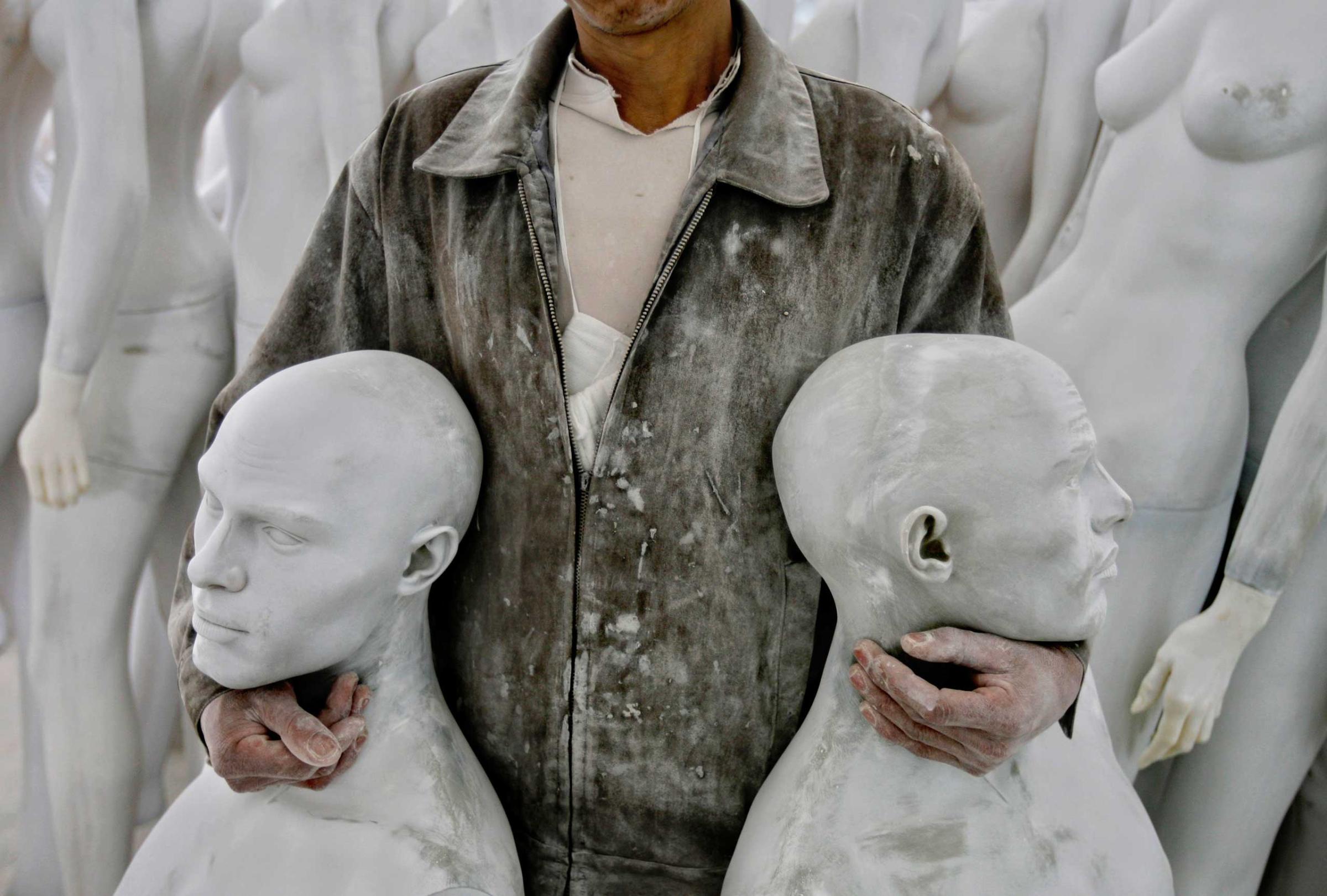
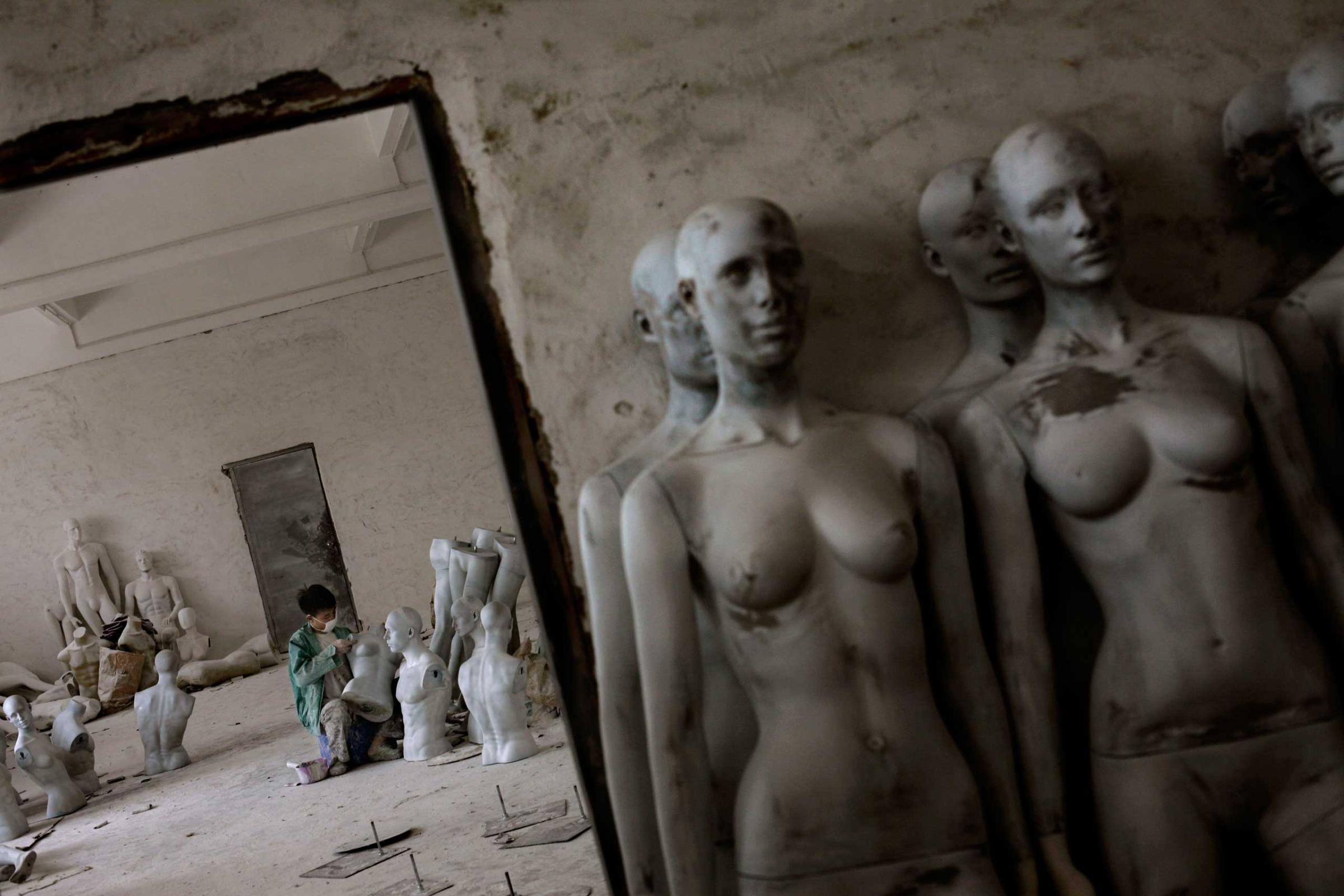
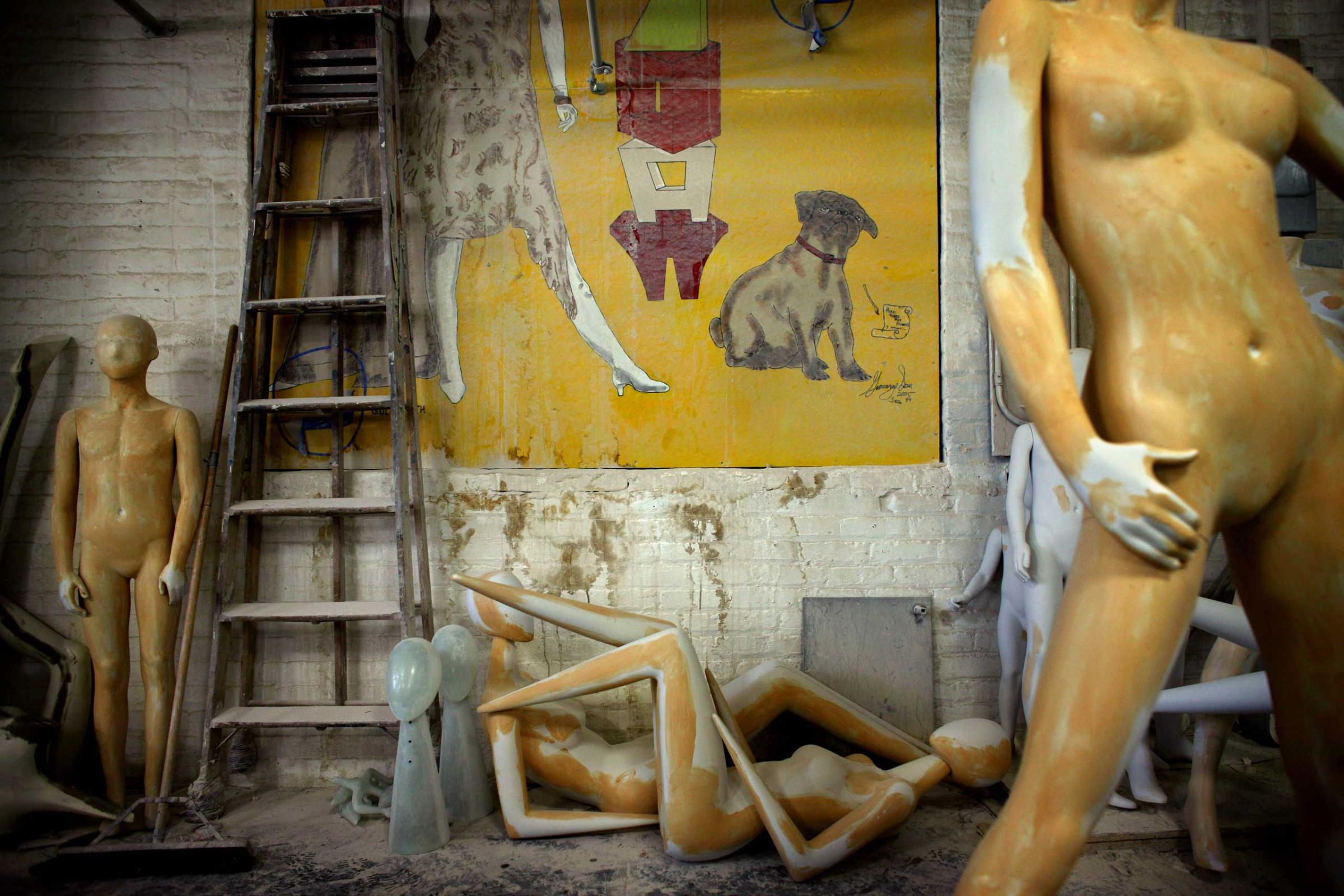
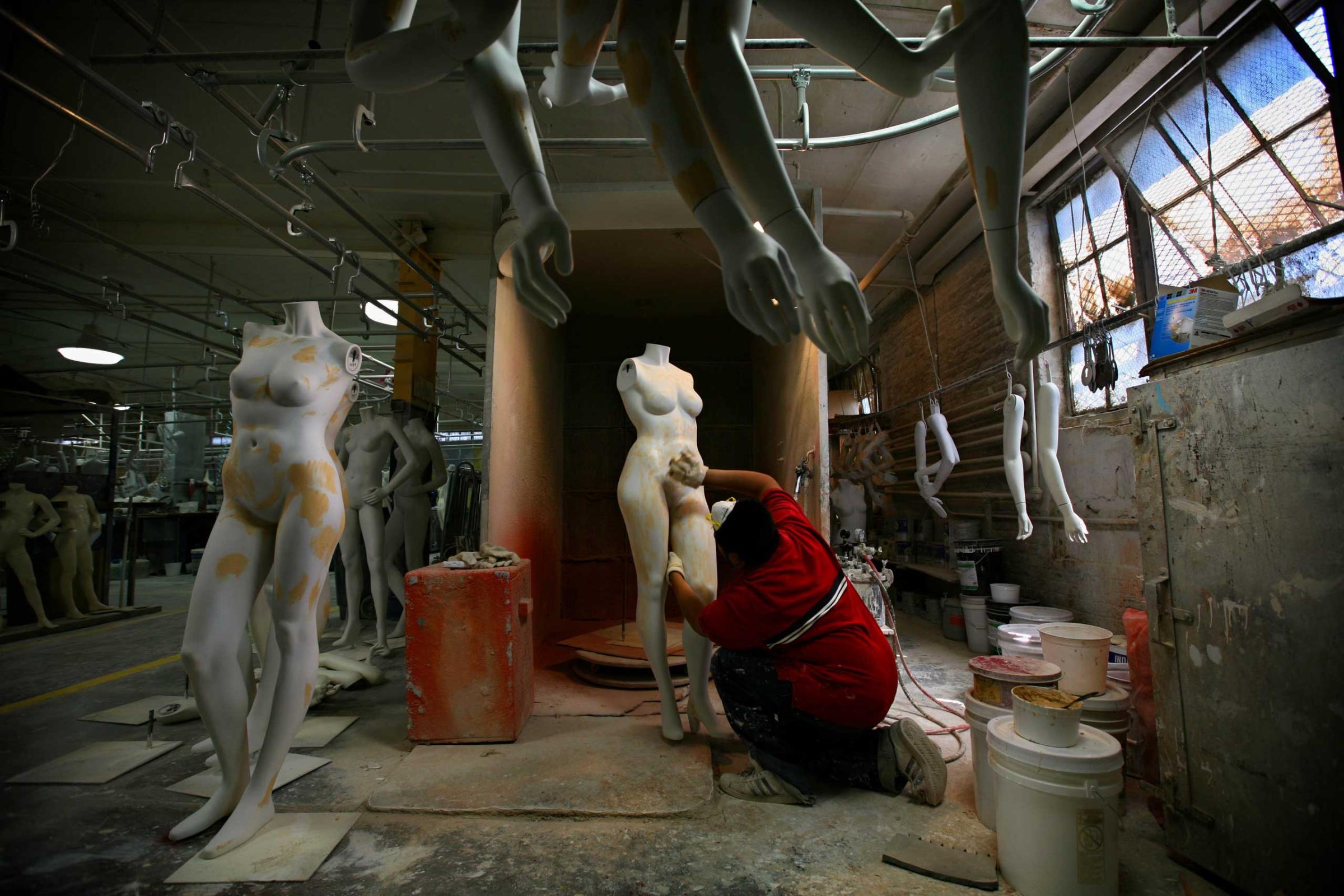
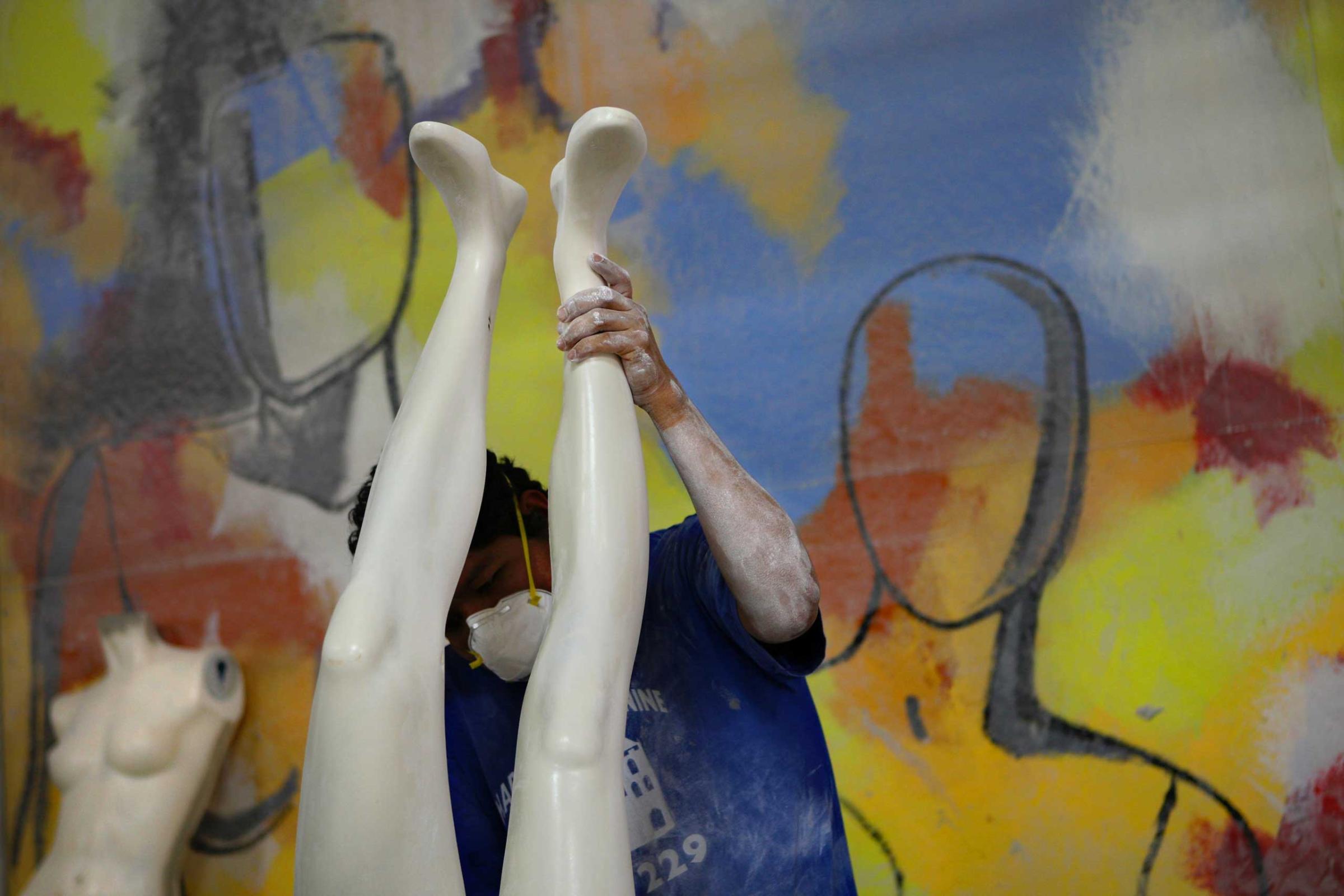
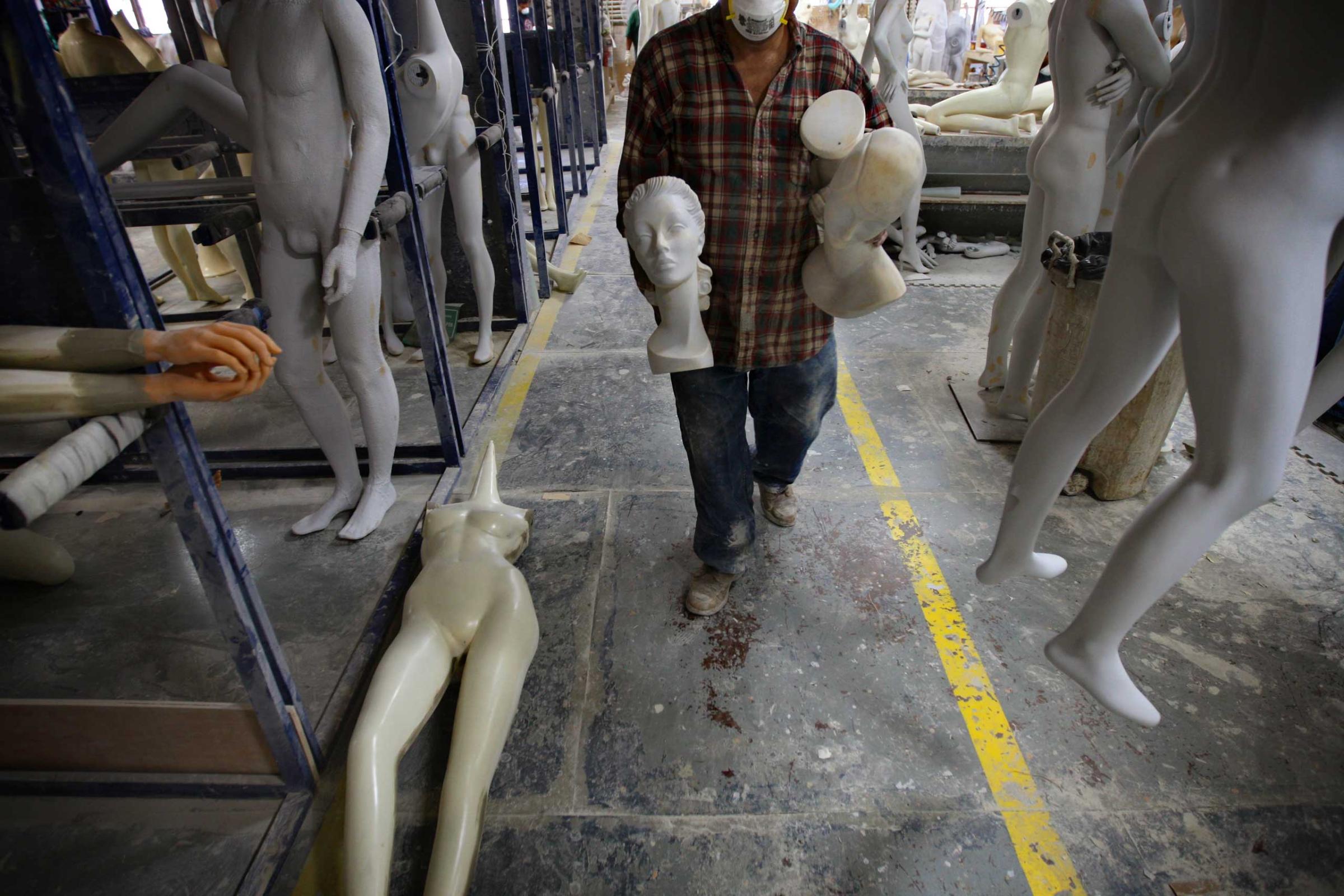
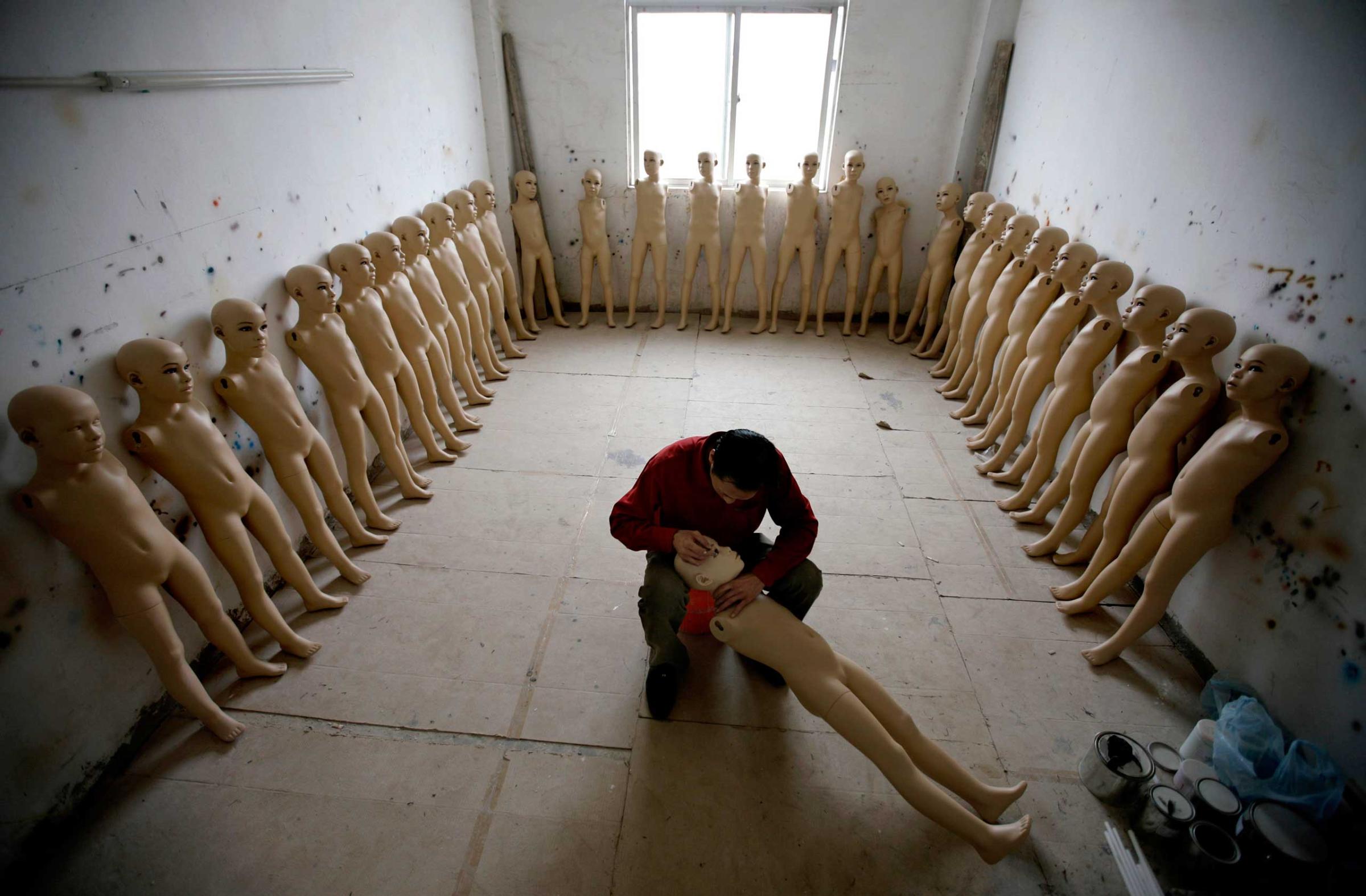
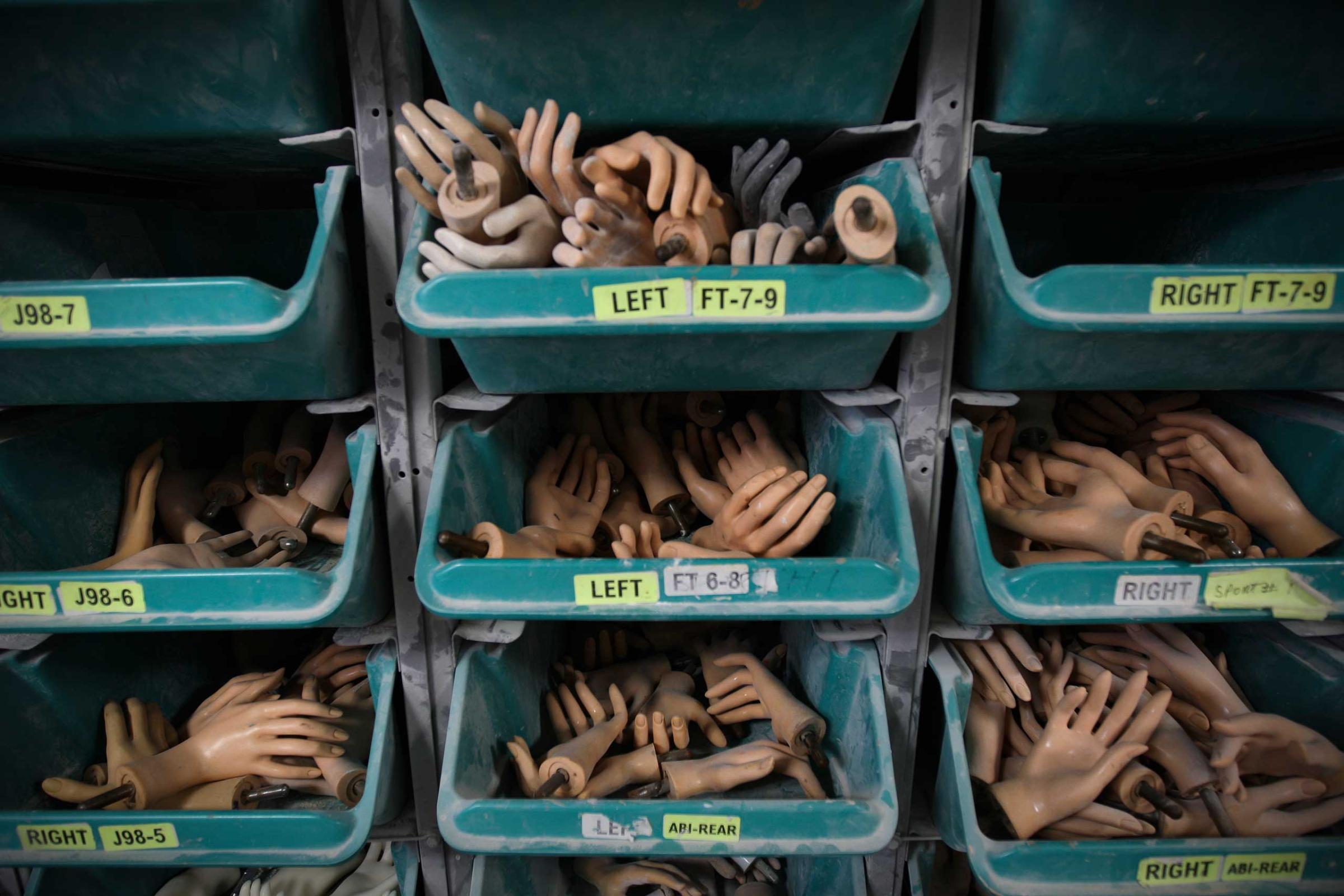
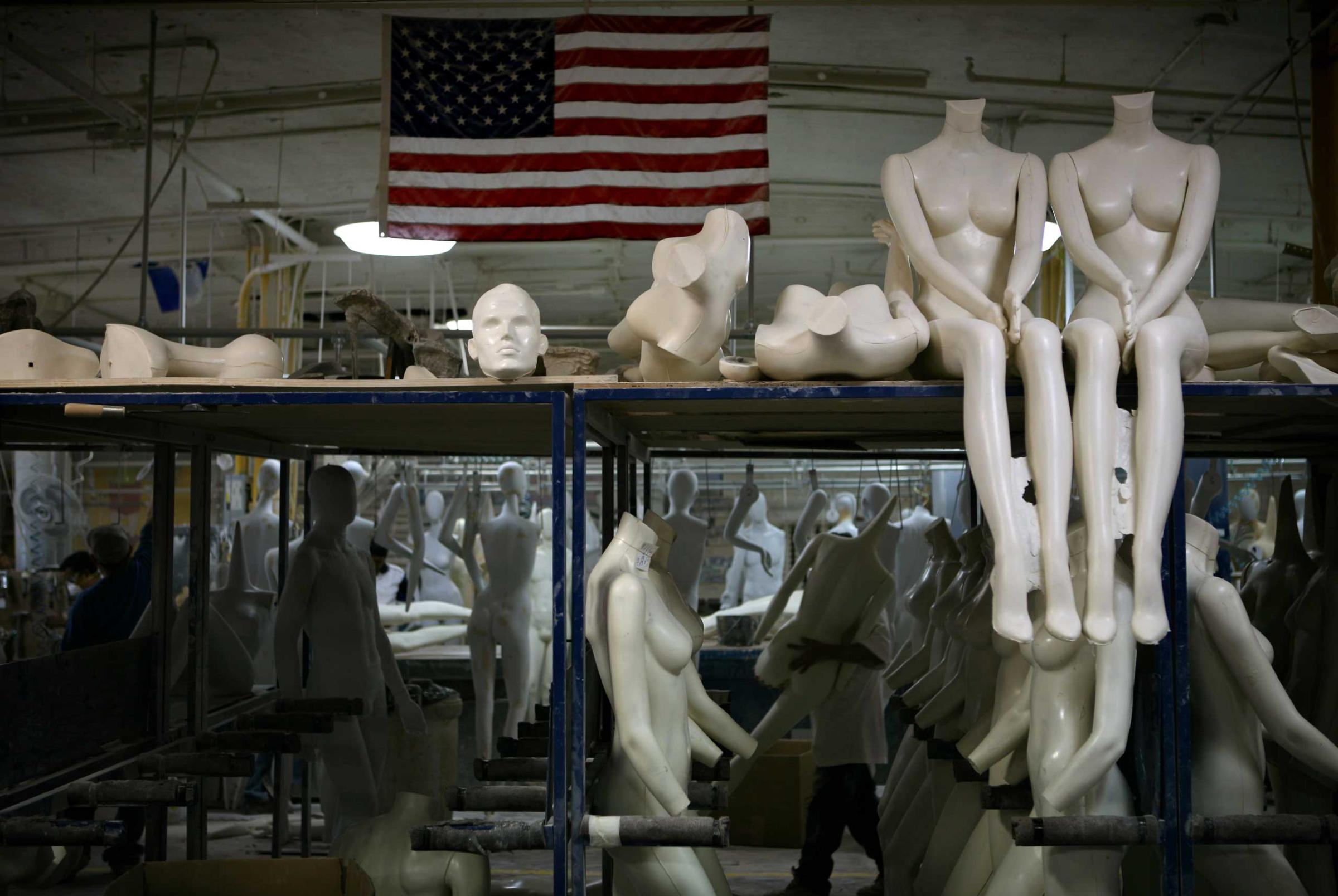
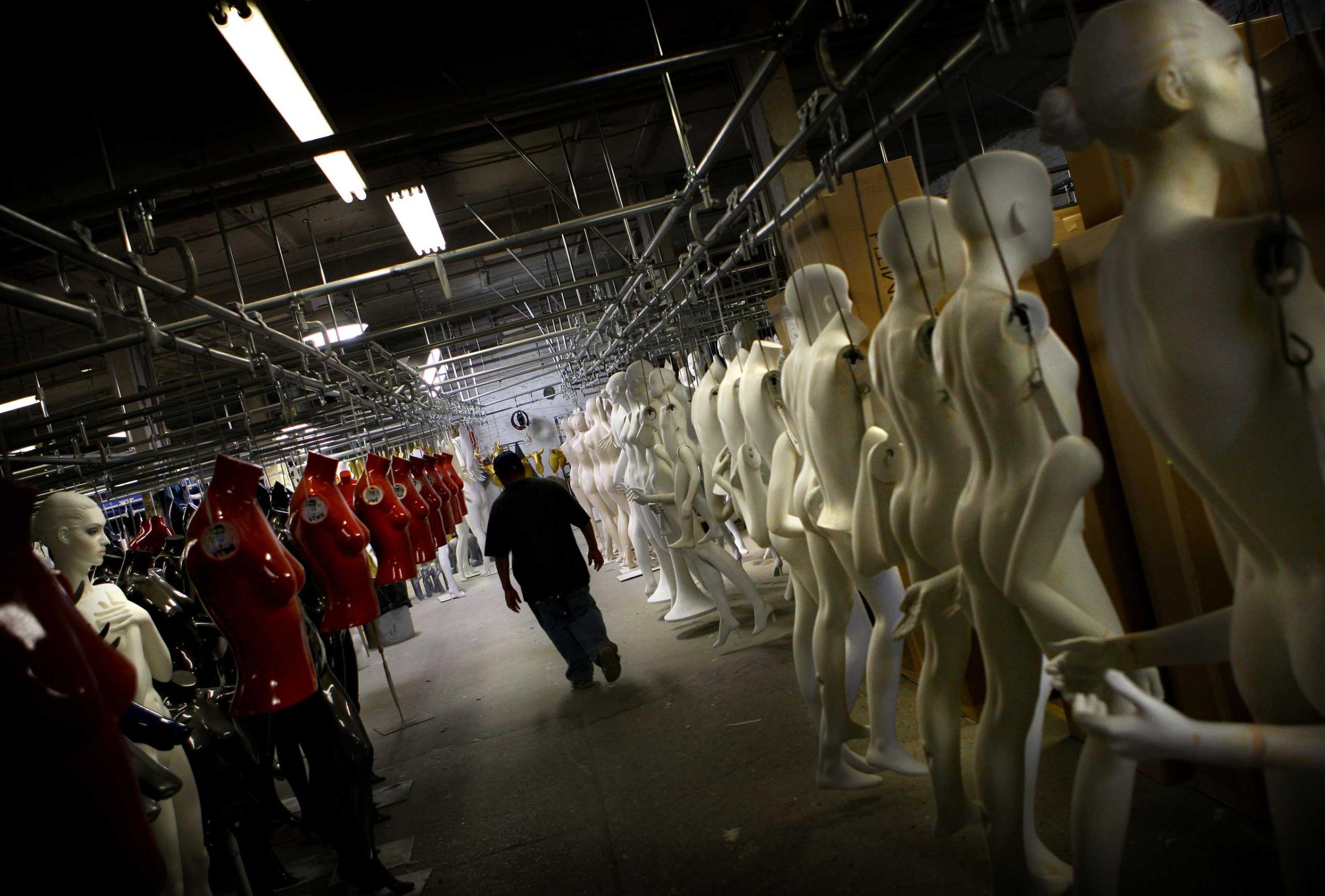
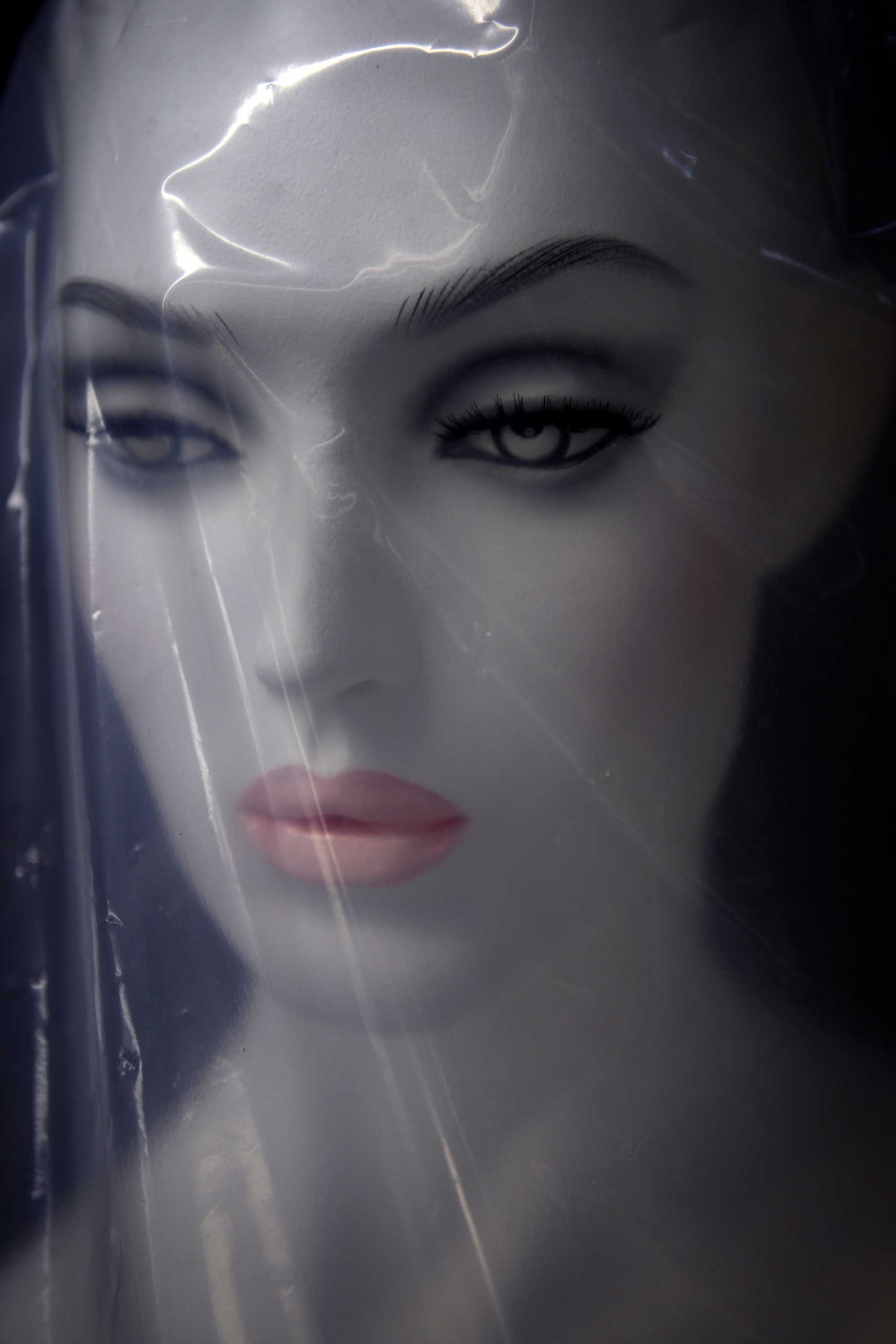
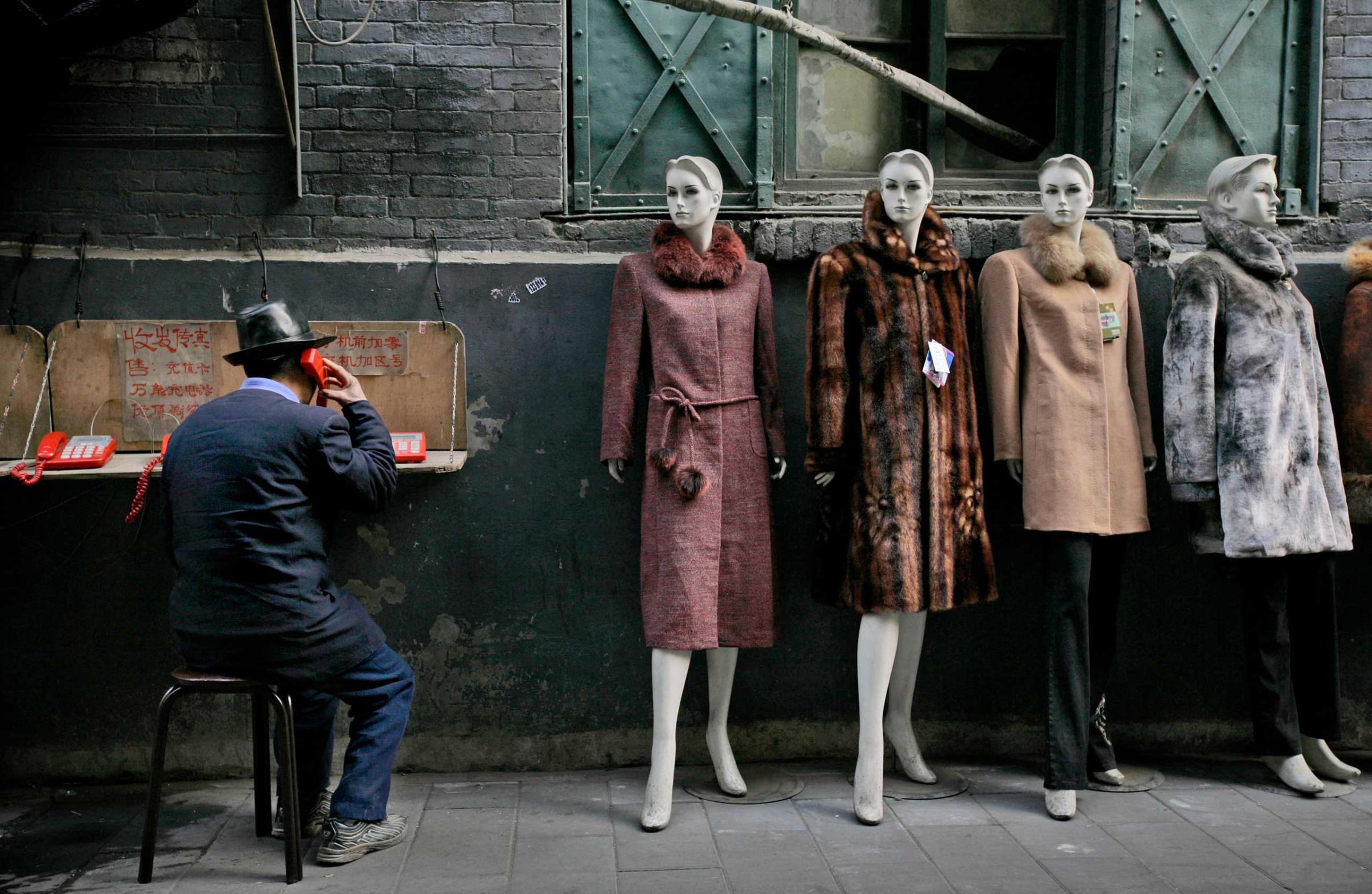
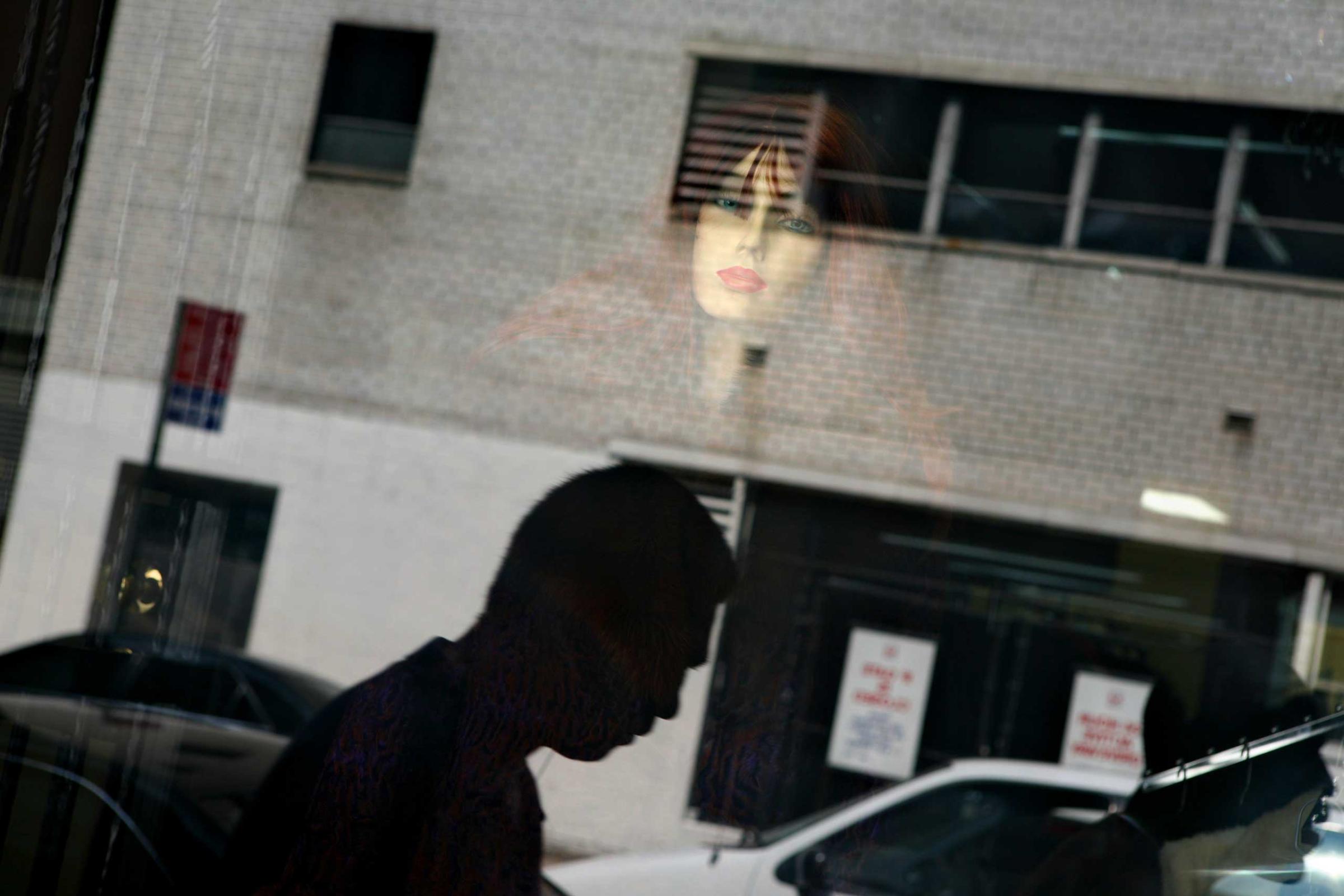
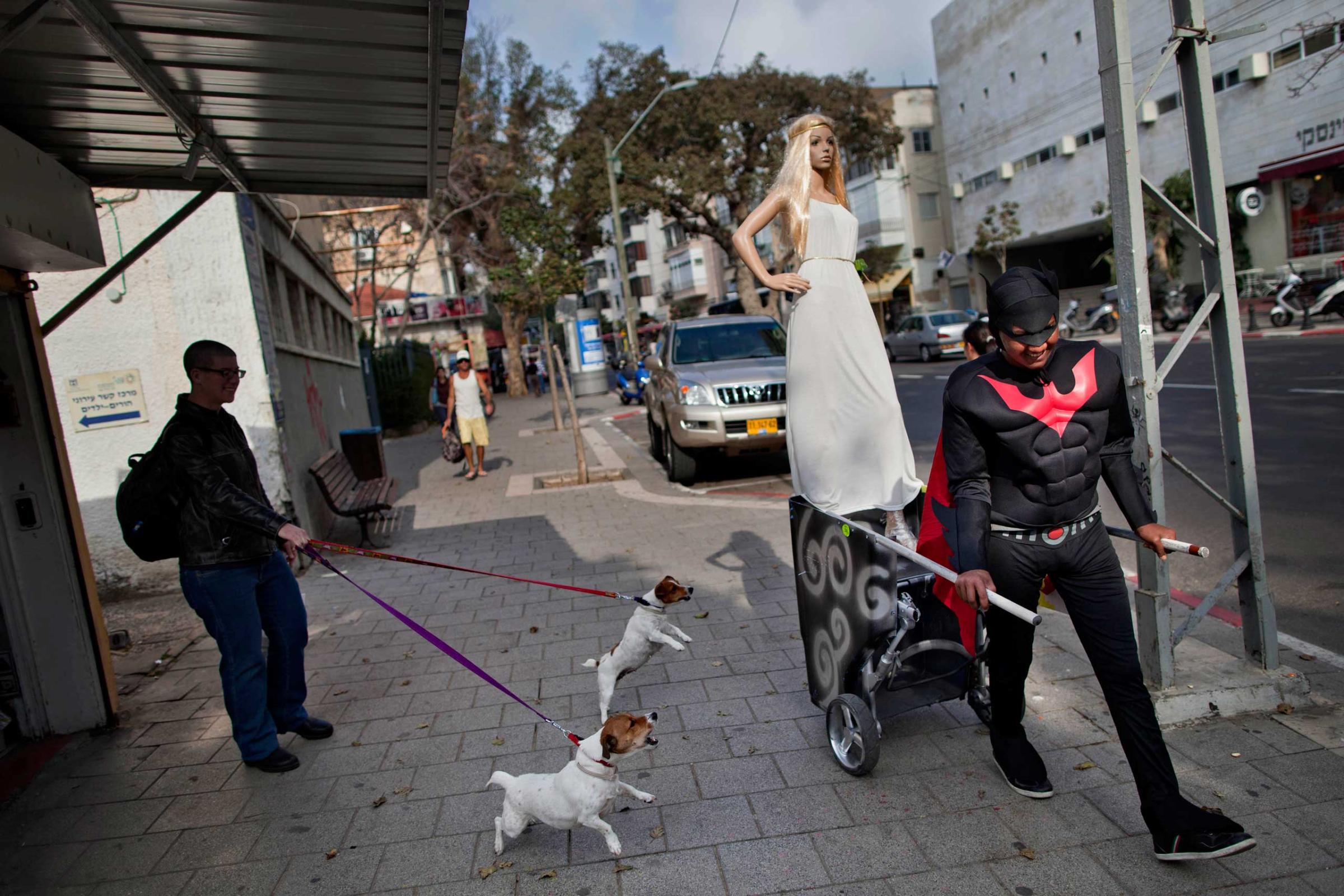
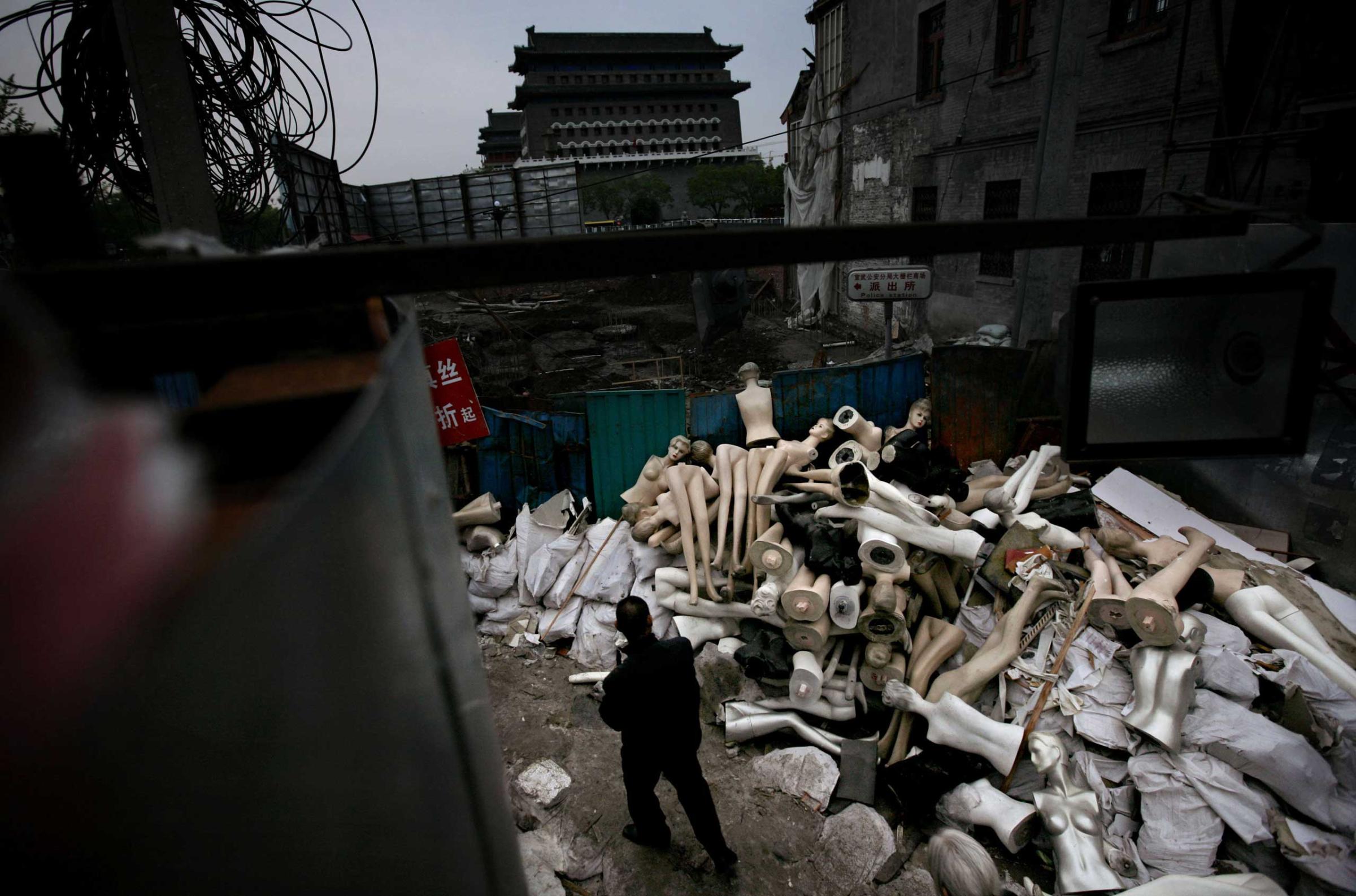
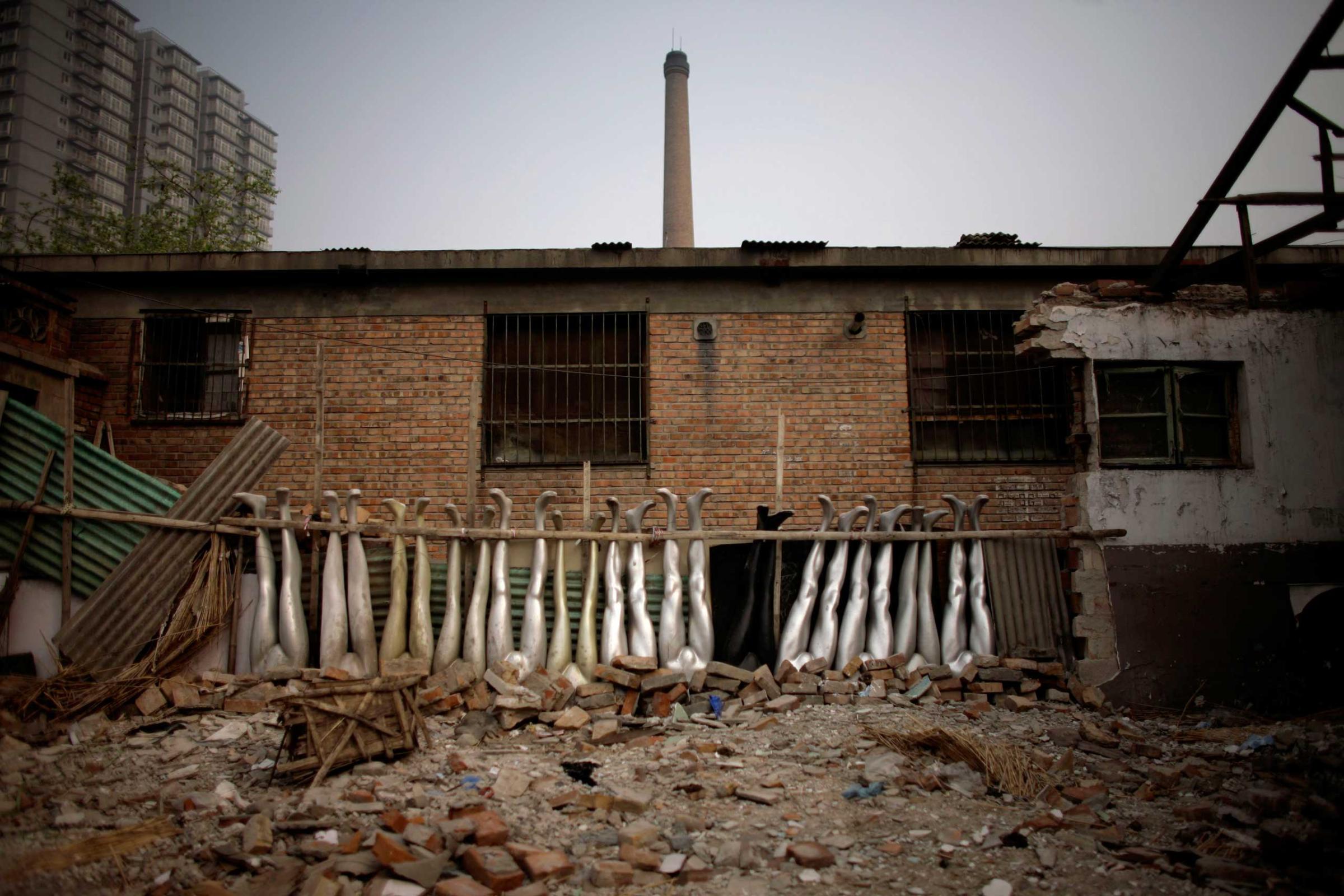
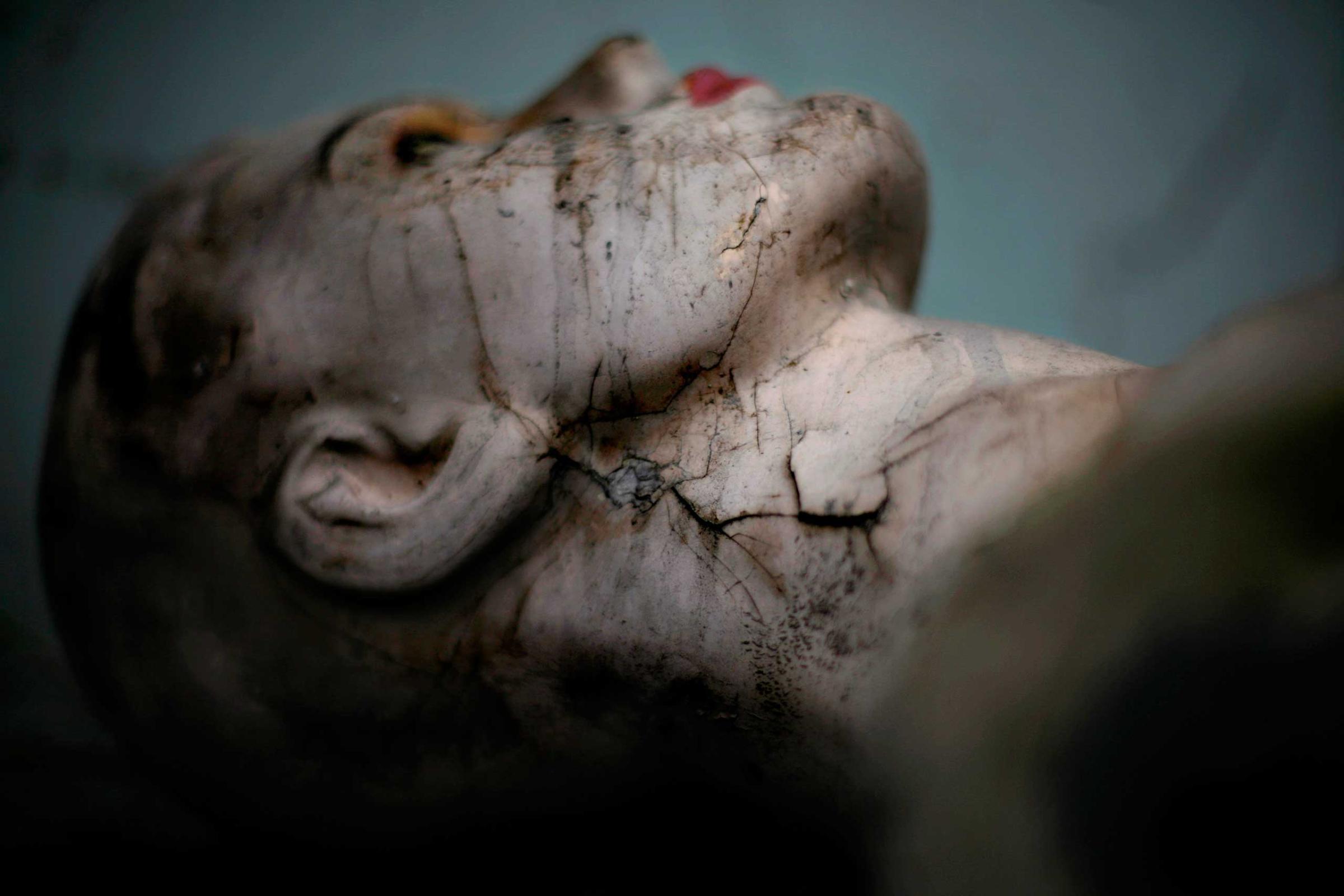
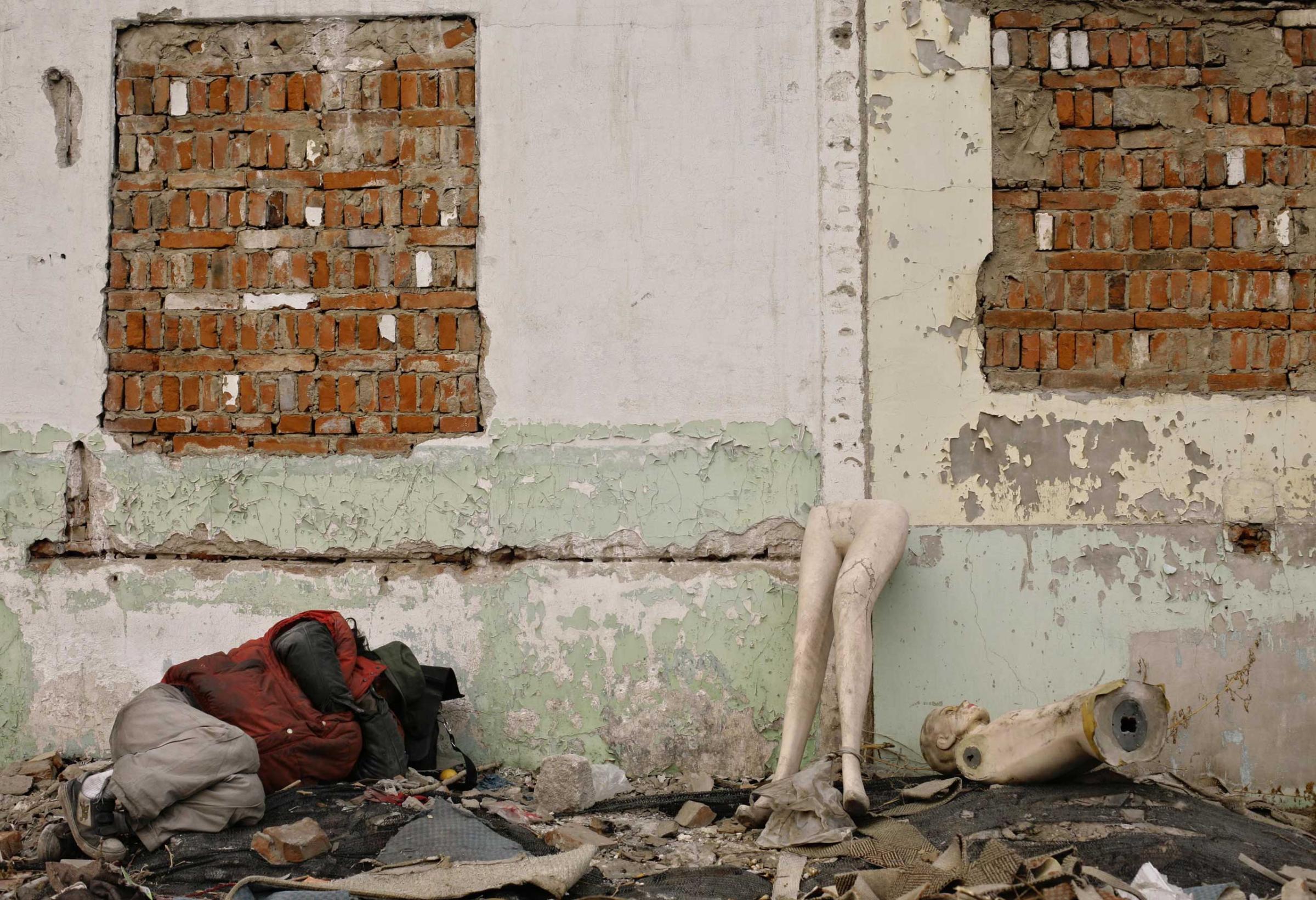
More Must-Reads From TIME
- The 100 Most Influential People of 2024
- Coco Gauff Is Playing for Herself Now
- Scenes From Pro-Palestinian Encampments Across U.S. Universities
- 6 Compliments That Land Every Time
- If You're Dating Right Now , You're Brave: Column
- The AI That Could Heal a Divided Internet
- Fallout Is a Brilliant Model for the Future of Video Game Adaptations
- Want Weekly Recs on What to Watch, Read, and More? Sign Up for Worth Your Time
Contact us at letters@time.com